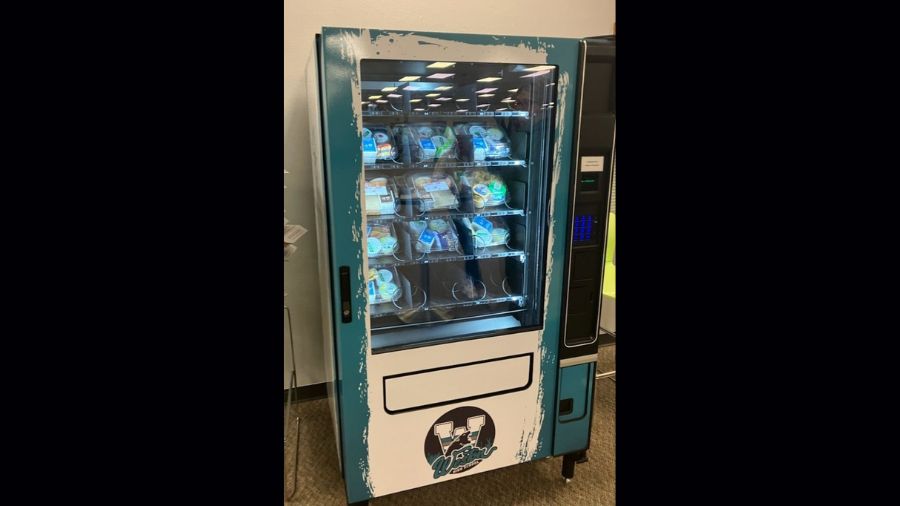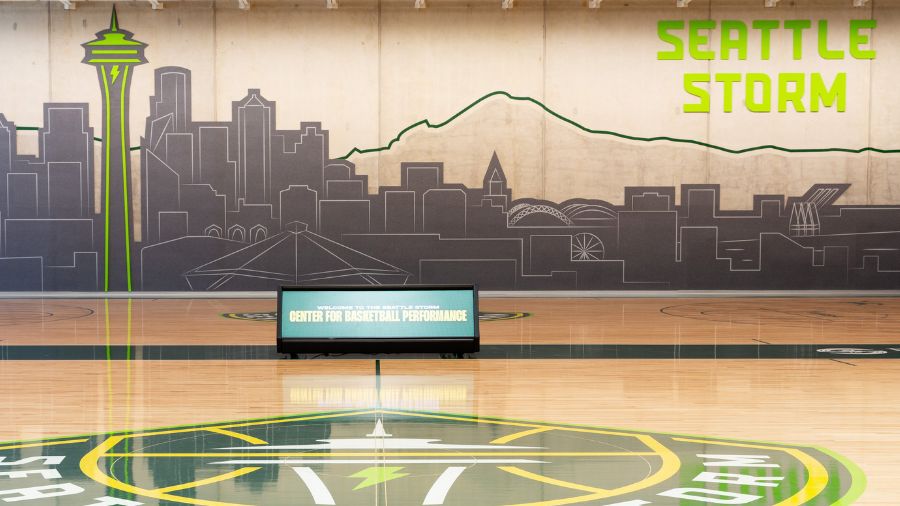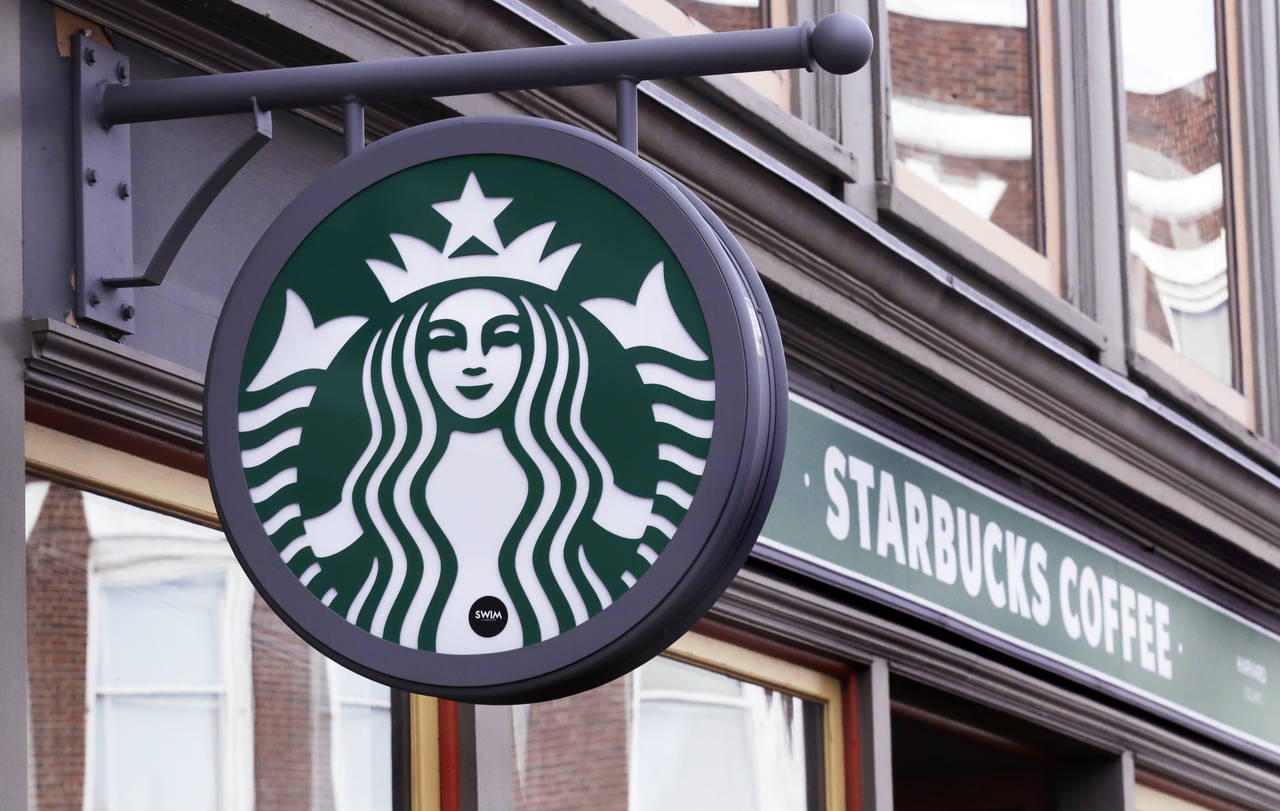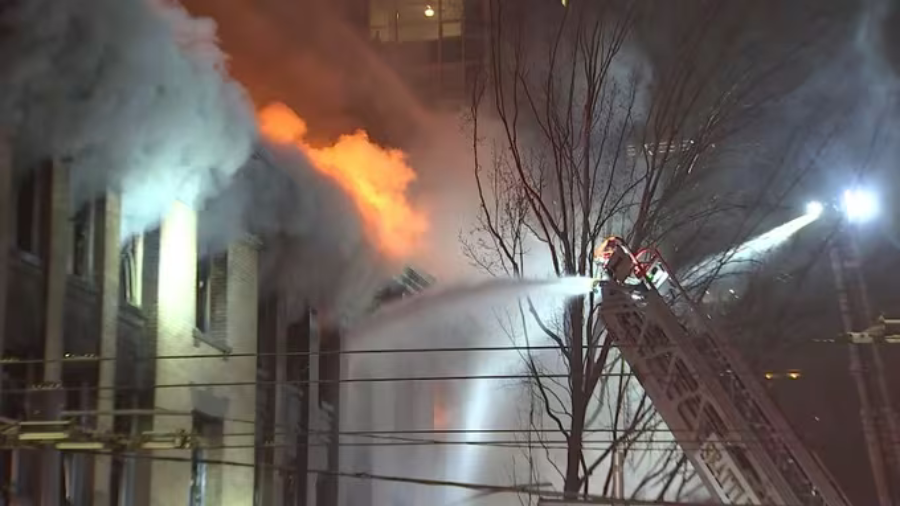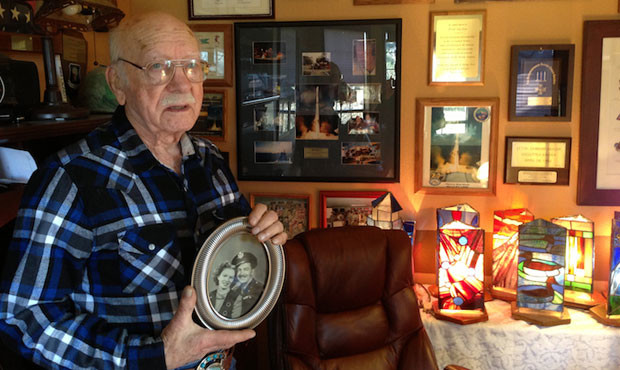Tsunami waves could hit Seattle in minutes, study finds
Jul 7, 2022, 12:13 PM | Updated: 4:27 pm

A sailboat moored in the harbor is viewed on a foggy morning on September 21, 2021, in Port Angeles, Washington. Port Angeles, the gateway to Hurricane Ridge in Olympic National Park, is a key lumber and tourist port city with regular ferry service to Seattle and Victoria, Canada. (Photo by George Rose/Getty Images)
(Photo by George Rose/Getty Images)
A new study shows that a tsunami’s waves off the coast of Washington would reach the eastern side of Bainbridge Island, Elliott Bay, and Alki Point in less than three minutes.
The study was conducted by the Washington State Department of Natural Resources (DNR), which analyzed the potential dangers an earthquake and subsequent tsunami could cause in the Puget Sound area.
This study, prepared by geologists within the Washington Geological Survey division of DNR, was created to help local and state emergency managers and planners develop and refine response and preparedness plans for a tsunami in the middle of Washington’s largest population center and economic hub.
Study says worst-case Northwest tsunami risk is underestimated
The report showed floods from such a tsunami could exceed 20 feet along the shoreline of the greater Seattle area.
“Most often, when we think of tsunamis, we think of our outer coast and communities along the Pacific Ocean. But there’s a long history of earthquakes on faults in the Puget Sound,” said Commissioner of Public Lands Hilary Franz in a prepared statement. “While the history of earthquakes and tsunamis along the Seattle Fault is less frequent than the Cascadia subduction zone, the impacts could be massive. That’s why it’s critical these communities have the information they need to prepare and respond.”
The last known earthquake on the Seattle Fault occurred approximately 1,100 years ago. However, geologic evidence shows five additional earthquakes of an estimated 6.5 magnitude occurred within the Seattle Fault zone during the last 3,500 years.
“Our highest responsibility as an administration is to keep our residents safe, and studies like this are a critical tool in that effort to analyze the data, understand risks and forecasts, and best prepare for future emergencies,” said Seattle Mayor Bruce Harrell in response to the report. “We will continue to ensure our Office of Emergency Management — and all our departments — are best equipped to respond to emergencies and natural disasters, while we also strengthen our infrastructure and build a resilient city now and for the future.”
“Although the chances of this happening in our lifetime is low, it’s important for families to get prepared now,” said Maximilian Dixon, the Hazards and Outreach Program Supervisor for the Washington Emergency Management Division. “The ground shaking will be your warning that a tsunami may be on the way. Make sure you know where the closest high ground is and the quickest route to get there. Get signed up for tsunami and local alerts.”
The most recent earthquake was so great, that it thrust the beach at Restoration Point on Bainbridge Island upward by 23 feet while dropping land at Seattle’s West Point by three feet. Land level changes during the next earthquake may establish a new shoreline in many locations close to the Seattle Fault zone.
Video simulations can be found on the DNR YouTube channel.


